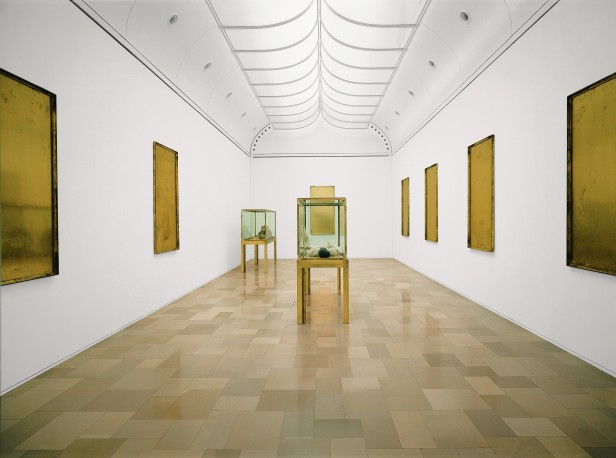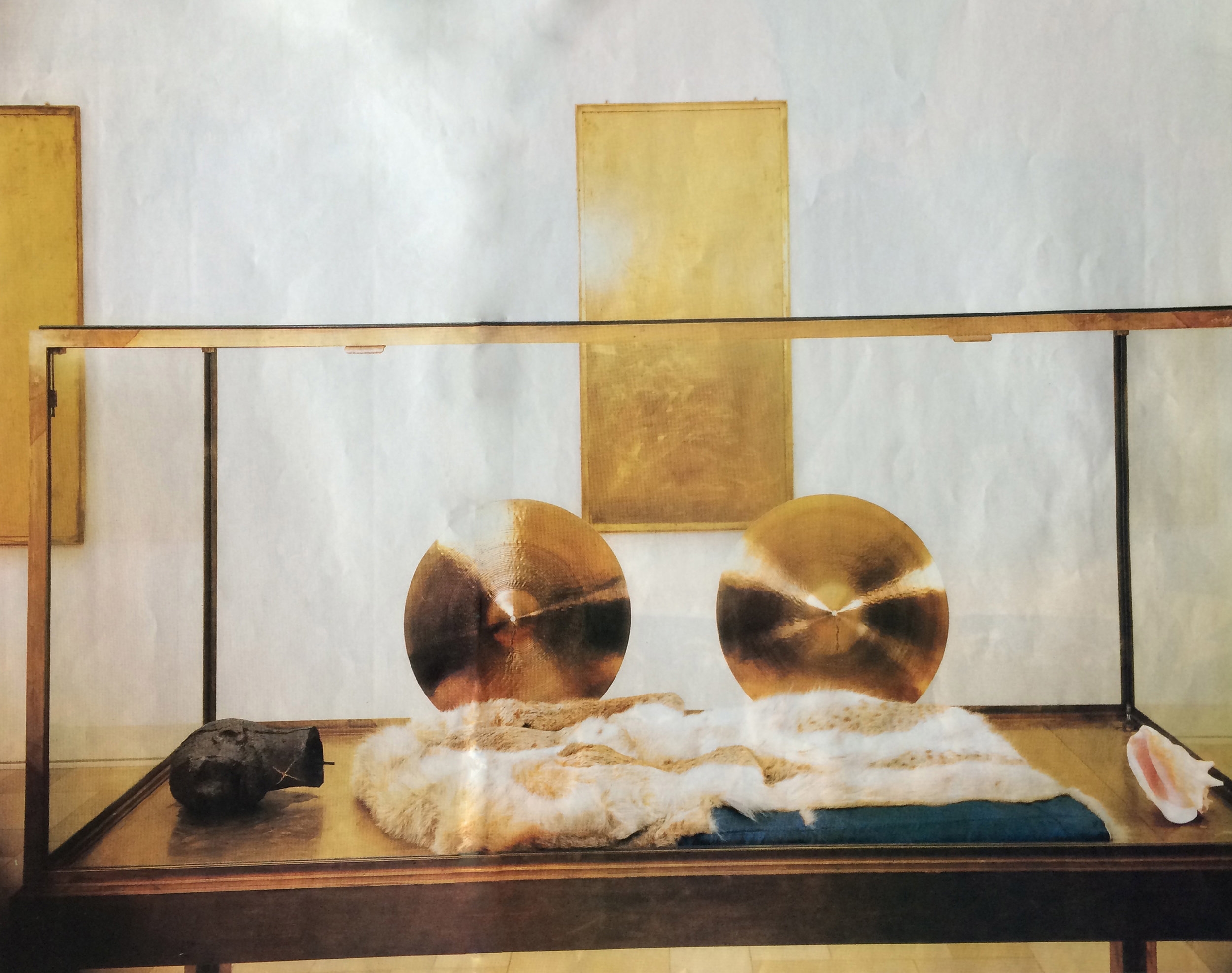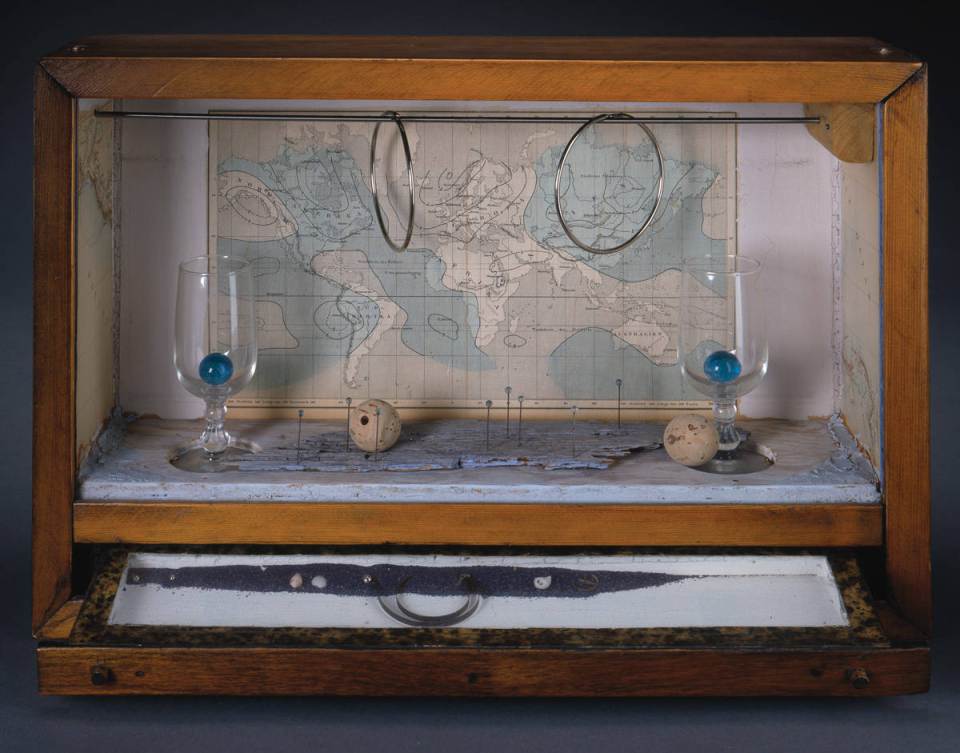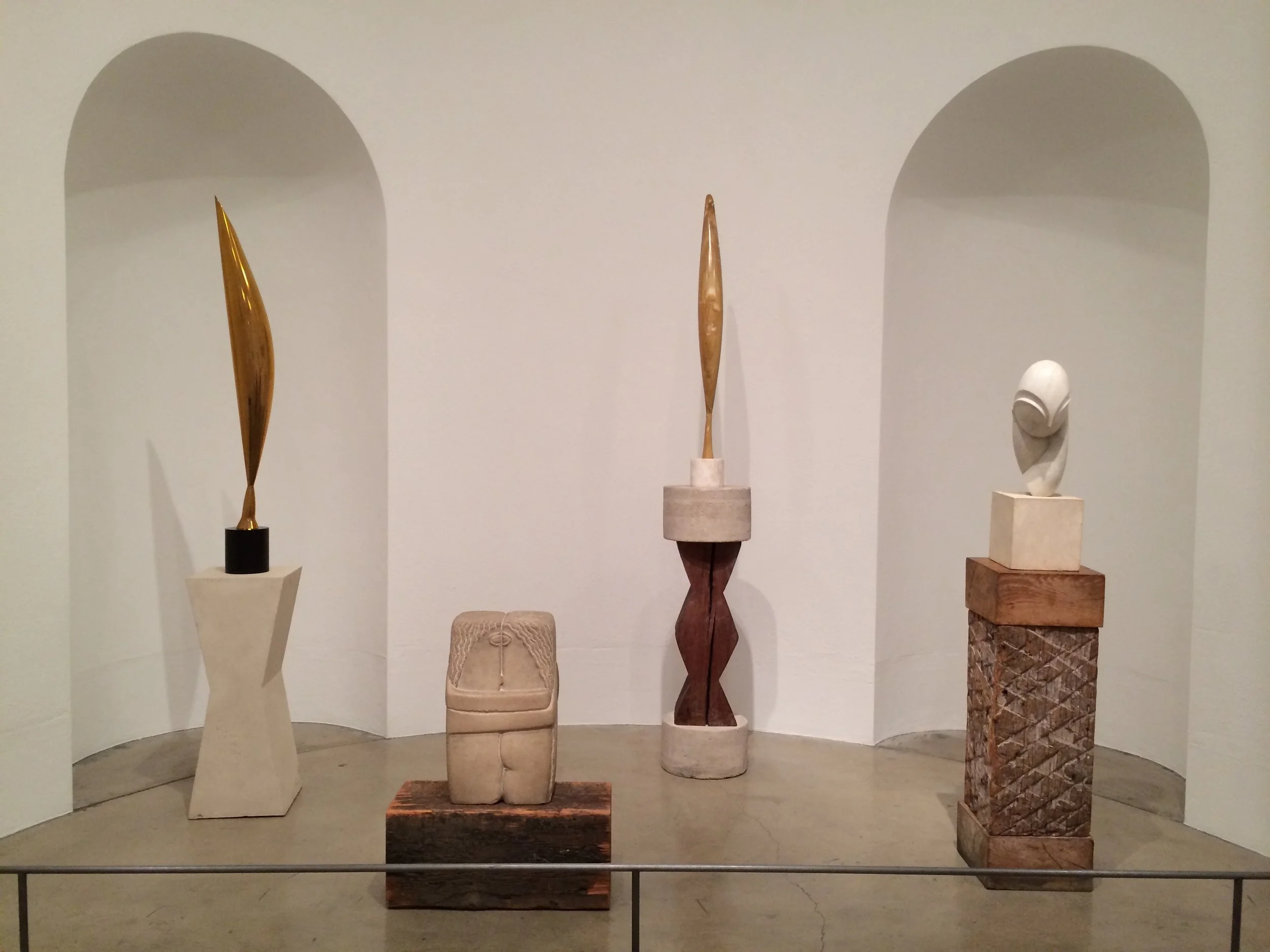Although Brancusi's way of executing his sculptures was traditional, his imagery was radical. On the heels of his artwork came the blurring of the lines of traditional art making. This crossover and softening of these boundaries continue evolving. Sculpture can be just as much about assemblage and the use of non-traditional materials than carving a piece of stone or wood. Assemblage can incorporate found materials and collage.
Photography has probably been the greatest cause for bringing appropriated images to the canvas. A greater understanding of other less Westernized cultures and an acceptance of woman artists has probably done more to softened the definitive demarcations of art, craft and design. The 20th century must have seemed like heady times for the exchange of this nuanced activity in imagery.



Joseph Beuys was an assemblage genius. Like Picasso he used his art as a catharsis from the unforgettable memories that haunted him for the rest of his life: the ravages of war.
Joseph Cornell was a reclusive artist living in Queens, NY. He took his inspiration from Duchamp. While Duchamp called his collection of found objects Readymades, Cornell collected found objects and made pristine assemblages with them.
~We too can reach into our environment to collect found objects. On our hikes, walking on the beach, meandering through the woods or even on a city street. Art is truly all around us and at our fingertips.
Andy Warhol started out as a talented graphic artist and window dresser. We can see an assemblage quality in his repetitive patterns. When his work went from the repetitive soup cans to sexy Marilyn shown below, I discovered he had a little help along the way. I visited the home of Brigid Berlin (a downstairs neighbor to my friend). Brigid showed me her treasures as well as her own artwork. Since I come from a strong silkscreen and stencil dyeing background, I immediately saw the connection and sensed she was the ‘brains’ behind the multi-colored silkscreen Warhol operation.
In her bedroom, when she showed me her homemade wallpaper I looked at her to say so but had a moment of hesitation. After the visit I did some poking around the internet only to find that Andy and Brigit did say she was doing his artwork. But just as soon as they had said it they quickly retracted it as his prices started to plummet as a result of the statement. She was a socialite and a woman so she neither needed the money nor would she get the notoriety he would as a man. She happily took a back seat in the front seat as his receptionist at Interview Magazine - obsessively doing her needlepoint on the “job”.
Richard Avadon The Beatles MoMA Exhibit From the Collection: 1960-1969
The photographer, Richard Avadon, in 1967 made an iconic lithograph using day glow and solarization of the Beatles for a set of posters that captures this psychedelic direction of the times.




